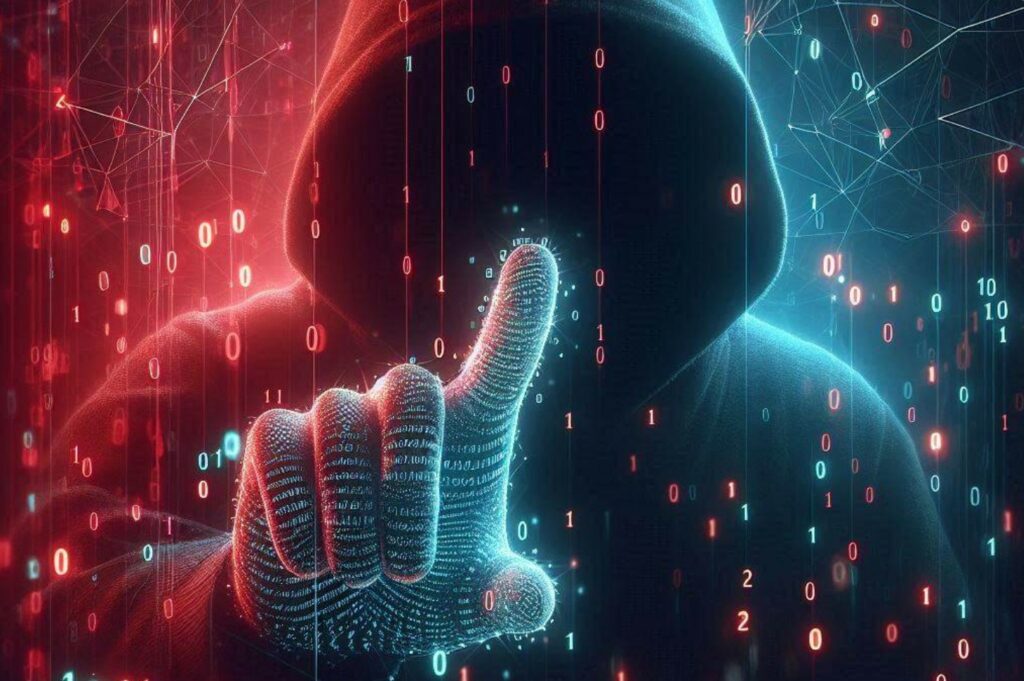
Redazione RHC : 10 July 2025 08:31
Cybersecurity has become one of the most important issues in the digital age we live in. With the increase in the number of connected devices, the widespread use of the internet, and the exponential growth of online data, the risk of cyber attacks has increased exponentially.
But what is cybersecurity?
Simply put, cybersecurity is the set of technologies, processes, and practices designed to protect networks, devices, and data from cyberattacks, fraud, and other digital threats. Cybersecurity is essential to ensuring online safety, both for individual users and for companies.

The threats Cyber threats are a fundamental aspect of cybersecurity. There are many forms of cyber threats, which can be classified into different categories.
Cyber threats are actions carried out by individuals or groups of individuals with the aim of damaging or gaining unauthorized access to computer systems and personal data. Here are some common examples:
In general, these cyber threats can cause significant damage, so it’s important to protect our devices and personal data.
But cybersecurity isn’t just about preventing cyber threats. It also includes protecting personal data and ensuring online privacy. There are many technologies and practices that can be used to protect online security, such as using strong passwords, installing antivirus software and firewalls, using encryption software to protect sensitive data, and implementing multi-factor authentication processes.
Finally, there is cyberwarfare, an increasingly real threat in an increasingly connected world. Cyberwarfare refers to the use of information technology to conduct military attacks or to fight back against cyberattacks. Cyberwarfare can be used to disable critical infrastructure, such as power, transportation, and telecommunications systems.

Cybercriminals are individuals or groups who use information technology to carry out illegal and malicious activities. These individuals may have various goals, such as the theft of personal data, financial fraud, extortion, cyber sabotage, and espionage.
Most cybercriminals are organized into criminal groups that operate on a global scale. These groups may have members in multiple countries and use sophisticated technology to conceal their identities and activities. In some cases, these groups may have ties to traditional criminal organizations, such as the Mafia.
Cybercriminals often use sophisticated techniques to gain access to computer systems and personal data. Some of these techniques include the use of malware, phishing attacks, software vulnerability exploits, and brute-force password cracking.
To protect yourself from the activities of cybercriminals, it’s important to adopt good cybersecurity practices, such as using antivirus software, regularly updating your software, choosing strong passwords, and using encryption software. It’s also important not to provide personal information to unknown websites or individuals, and to be wary of phishing messages.

For To protect ourselves from cyber threats, it’s important to adopt a holistic approach to cybersecurity. This means we must consider cybersecurity as a continuous process involving people, processes, and technologies.
An ICT Risk Management program can help companies minimize cyber threats.
The ICT Risk Management program involves a series of phases, including:
Companies can also adopt some best practices to minimize cyber threats, such as:
In summary, protecting yourself from cyber threats requires a holistic approach to cybersecurity and the adoption of good cybersecurity practices. Companies can minimize cyber threats by adopting an ICT Risk Management program and implementing robust security policies and procedures.

Cybersecurity experts play a critical role in protecting companies from cyber threats. These specialists are responsible for designing and implementing cybersecurity policies, procedures, and technologies that protect the company’s information systems and data.
In ICT Risk Management programs, cybersecurity experts are involved in every phase of the process. Specifically, they help identify potential cybersecurity risks, assess the vulnerabilities of IT systems, and design appropriate security measures to mitigate the identified risks.
Cybersecurity experts can also help companies implement cybersecurity software, such as firewalls, antivirus, and antispyware, and adopt good cybersecurity practices, such as using strong passwords and monitoring the system to identify any threats.
Furthermore, cybersecurity experts are responsible for continuously monitoring the company’s IT systems to identify any new threats or vulnerabilities and to ensure that the cybersecurity program is effective and adequate.
In summary, cybersecurity experts play a key role Critical in protecting companies from cyber threats. As part of ICT Risk Management programs, they contribute to the identification, assessment, and mitigation of cybersecurity risks, as well as the design and implementation of cybersecurity policies and procedures.
 Redazione
Redazione